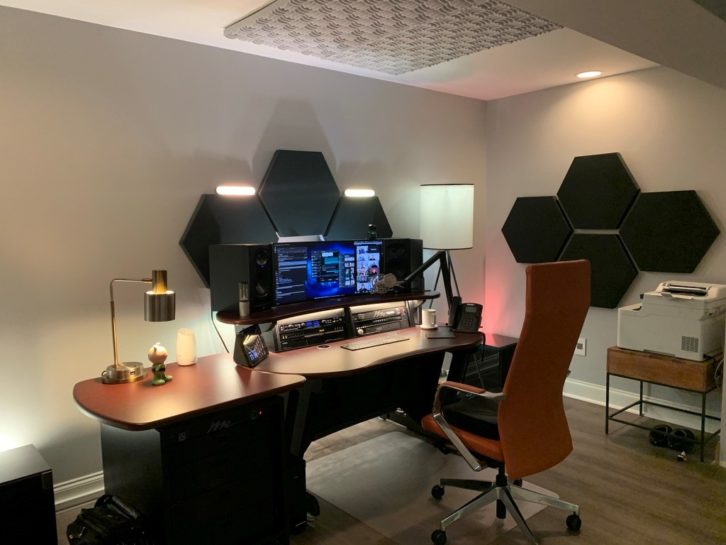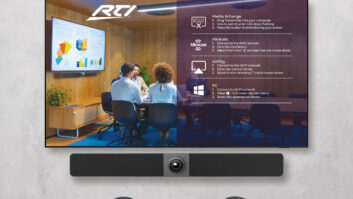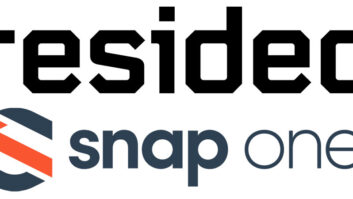David Danto, director of emerging technology for the Interactive Multimedia & Collaborative Communications Alliance, has a pretty interesting take on the pandemic: “When it came to unified communications, we finally had the ‘flush test.’ Everybody went home and flushed their toilets at exactly the same time to see if the plumbing exploded.”
From GoToMeeting to Teams to Zoom, workers around the world went home and logged in. The big players, as we’ve heard over and over, passed that flush test. But among them, were there clear winners? Short answer: Not really, since everybody has their favorite.

“When you speak about things like hardware versus software or manufacturer A versus manufacturer B, I’ve learned these things are like religions,” says Danto. “You’re never going to convert anybody — they like what they like, and there are pluses and minuses to all of them.”
Having said that, Danto does point out that there was one clear path to success: “Clearly the pandemic proved that being in the cloud and being on software-based applications and cloud-based applications is the winner. When it comes to unified communication, collaboration companies that were not agile enough to move to the cloud really struggled — the infrastructure couldn’t support it.”
Related: IMCCA to Provide Programming, Model Home Office at CEDIA Expo
As Danto digs into the sudden (and staggering) growth of these platforms as the world settled into the “new abnormal” that was 2020 (“All of them charted like hockey sticks,” he notes), it became clear that businesses that had traditionally been “cloud-averse” had changed their minds. “Businesses like financial services were always resistant,” says Danto. “Now they’re on Microsoft Teams and Zoom without thinking about it. There are still some sectors that are cloud-averse: government and healthcare need more secure platforms than the rest of us use.”
The Discovery Process
Steven Rissi, CEDIA’s senior director of technical education, has a background in installing (and servicing) these systems, both in the commercial and residential fields, and knows what to look out for as the lines between the two get fuzzy. “The client expectation is actually one of the most difficult things to manage, because oftentimes, they go out on the web and they’re like, ‘Oh, look, Zoom is free — and I can have my own account.’ But they don’t realize all of the limitations that restrict the free version of that account.”
Clients need to understand things such as time limitations and license upgrades for a certain number of users, notes Rissi — things they’re often not aware of. And, he adds, “If you want it to integrate with a room-based system, that’s going to be another license upgrade. And of course, when it comes to the clients, educating them on how to use the software and how to use the various systems is huge.”
Margins have changed in this segment, too. “When you wanted to build a video conference system or a collaboration room or something at an organization, you were talking 50, 60, 70,000 dollars, and you were talking shutting the room down for a week,” says Danto. “You can now get a really excellent room system for something like two grand based on a hardware platform. If you’re building a boardroom, sure, you still have a lot of integration costs, but the drop-in systems have gotten really, really good in terms of the quality and the machine learning.”
Related: Remote Working Is Here to Stay – and That’s Good News
Another reality, according to Danto: You really can’t necessarily pick a brand. “Yes, your organization can say we are a Microsoft Teams organization, because it’s very functional for us — then you discover your number one client has a different platform and you can’t not be on that platform.”
“I highly recommend that any integration firm go through and do usability testing across the board on any of these software platforms that you think you might want to recommend or support with your clients; make sure you know them inside out,” says Rissi. “And make sure that you’re on top of any their firmware updates, software updates, user interface, or other changes so that you can be the proper representative to the client. And this goes directly in line with having an ongoing support service.
“You can help with changes,” he continues. “You can go back and make updates. But also be really clear in the contract that you are not accepting the final responsibility when it comes to the software.” Meaning: “Don’t leave yourself on the hook if Zoom has an outage.”
For a few words from Mr. Danto on living through the pandemic, he appears in this video at 2:15.







